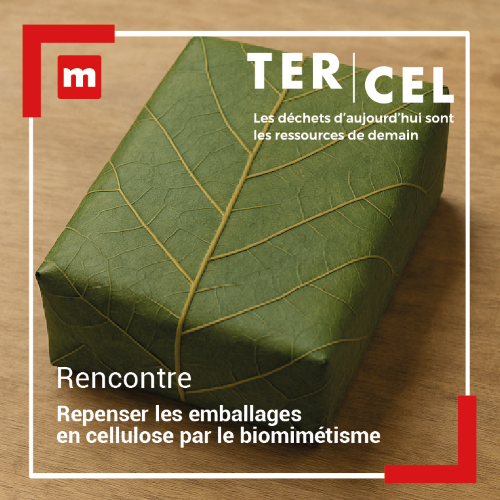
Packaging our products is essential to prevent food waste and damage to electronic goods. These losses have a significant impact on the environment. However, concerns about the end-of-life of plastic packaging raise many environmental issues, and new solutions must be found.
Cellulose, the most abundant polymer in nature, is a material of choice because it has many advantages, including biodegradability and recyclability. However, water and gas resistance, as well as three-dimensional shaping, are significant challenges that this material must overcome in order to find its place as a functional and sustainable packaging material. Nature has developed many strategies to provide these properties, such as hydrophobicity (e.g., water lily leaves) and mechanical reinforcement (e.g., peanut shells), which are a major source of inspiration for research.
Thursday, October 2, 2025 - 6:30 p.m.


